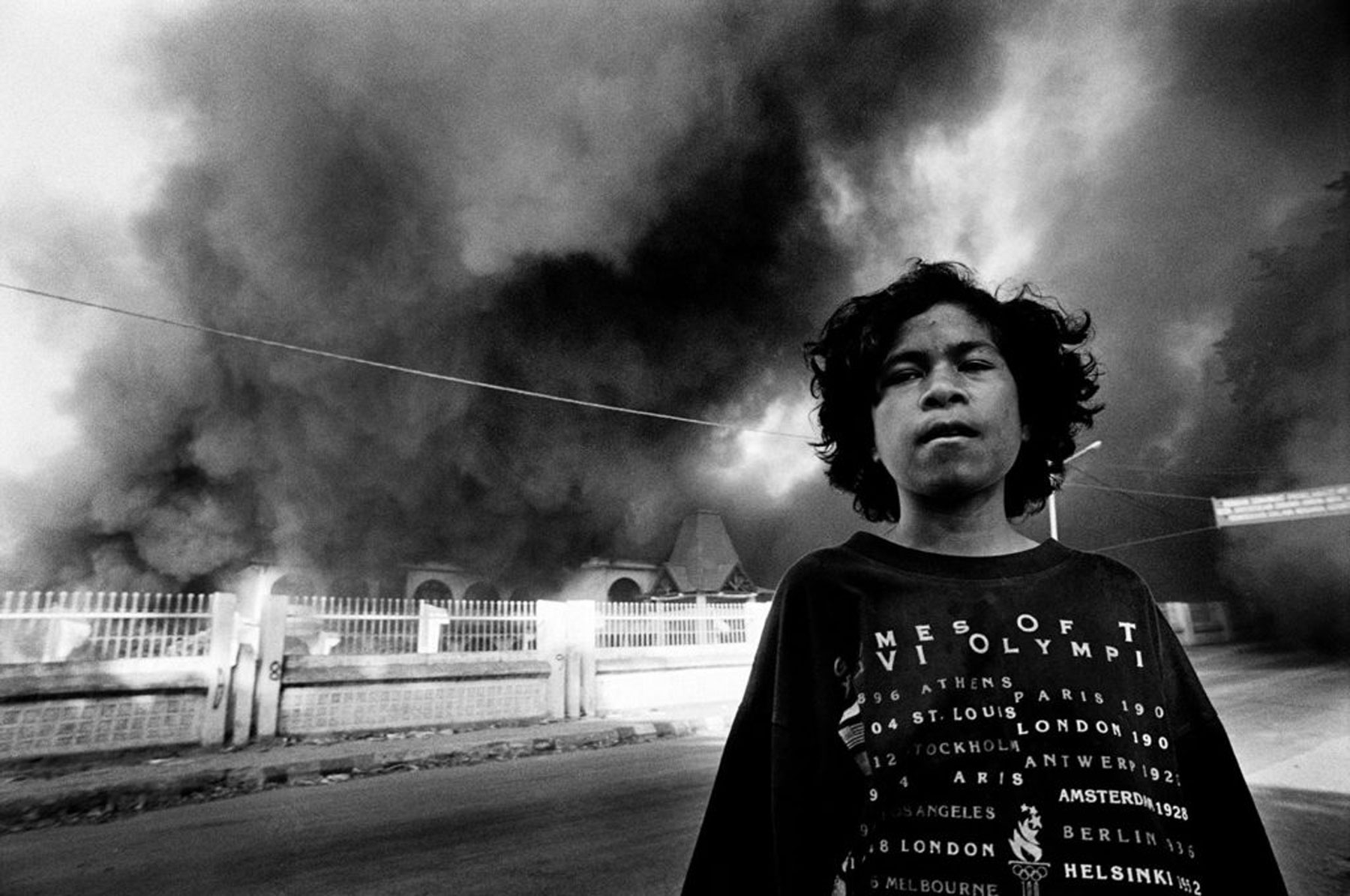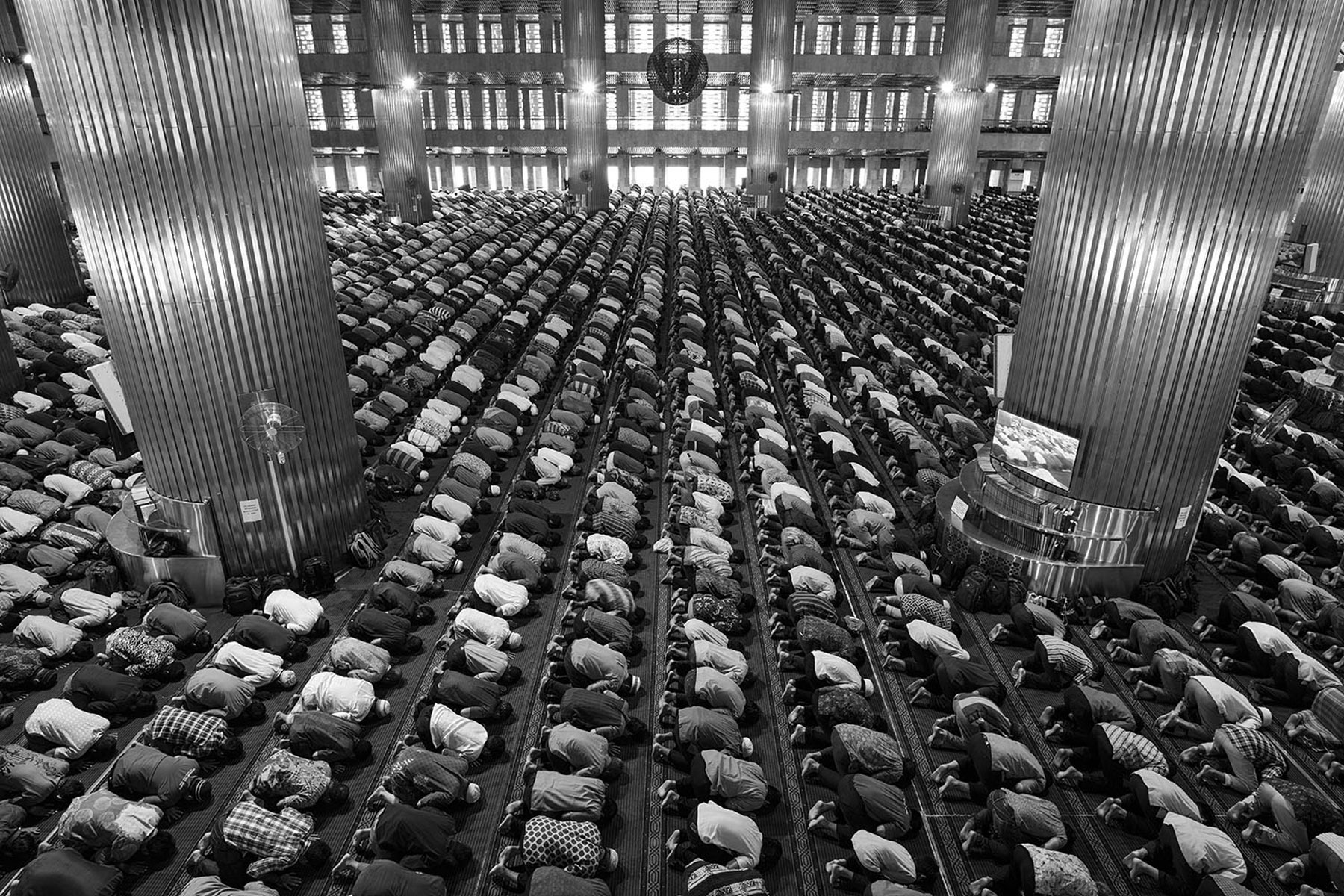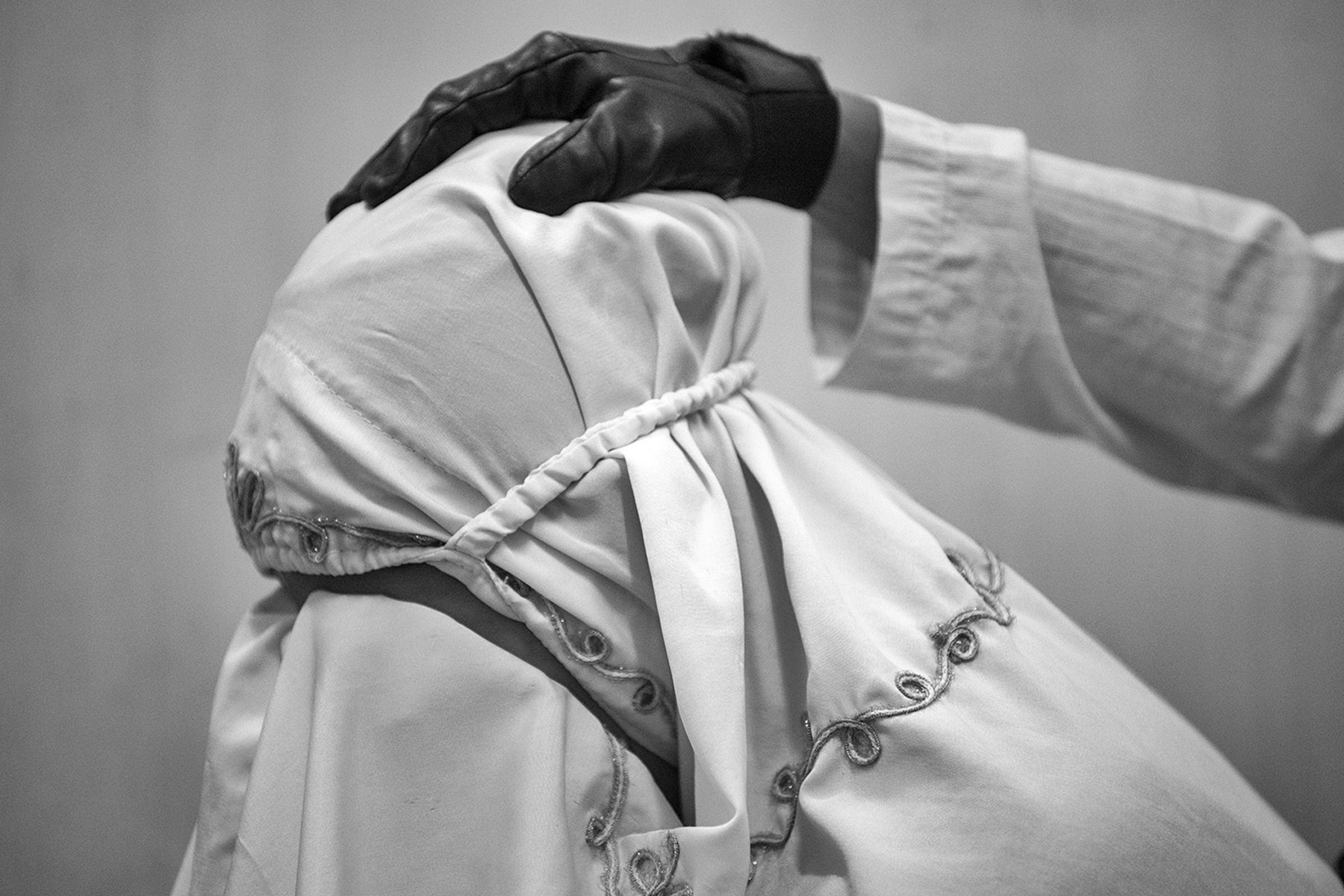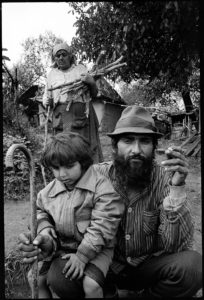We had prepared a series of interview questions which were directed at David’s experience in photojournalism and film production stills. David came back to us with not only answers to our questions, but an incredible account of his life as a photographer.
We will now hand it over to David, to tell his story as he lived it.

I read a report somewhere that suggested Journalists who choose to cover war, revolution and disaster are largely psychologically resilient. I have covered all three, and feel ok for the most part. To be honest, I have very little idea as to how you go about measuring such a thing. My mantra for life in general has long been — ‘It Is what It Is’.
I am not exactly sure what it was that drove me to seek out a living as a photographer. I do know that I have long had a fascination with photojournalism. I vividly remember reading a copy of Life Magazine when I was 11 years old. Inside was a set of photographs, taken by Army photographer Ron Haeberle, documenting atrocities committed by American soldiers upon Vietnamese civilians in the village of My Lai. Those images had a profound impact on me; men, women and children, alive in one captured moment, and then dead in a ditch the next. I remember struggling to makes sense of how such a thing could have happened. It gave me a lot to think about.
I was told I was a quiet kid, shy, and a bit of a dreamer. Dad had been a career soldier. He met Mum while he was based at the Officers Cadet School in Portsea, Victoria. He left the army to raise a family, taking on work at a local abattoir. I guess it was not the life that he had bargained for, as he took his own life when I was ten. (I remember the chaos in the room as the local Doctor fought to resuscitate him). He never left a note, so it will always be a bit of a mystery. It was Dad that gave me my middle name, Dare, a father to son tradition. It is not hyphenated. I am from a working-class family of Aussie battlers; I am not posh. My 14-year-old son’s name is Luc Dare Parker.
I started my working life as a musician, leaving school at 15 to play the guitar. Things were tough at home financially, so staying at school was not really an option. I was a pick-up musician, working bars, restaurants, weddings, parties……anything. In some ways I felt trapped. I wanted to see the World and needed a way out.
 We must have been around 18 or 19 at the time when a mate and I drove up to Melbourne and walked into a camera store. For the both of us, it was like entering Aladdin’s cave. My friend was busy with the sales assistant checking out a Minolta. I had spotted a bunch of Nikons behind glass, all chrome and brass. I jumped in and asked the sales assistant about them. She half looked at me and said, “these aren’t for you, they’re for professionals”. A few days later I came back and walked out with a Nikon FM and a 50 mm lens. This was it.
We must have been around 18 or 19 at the time when a mate and I drove up to Melbourne and walked into a camera store. For the both of us, it was like entering Aladdin’s cave. My friend was busy with the sales assistant checking out a Minolta. I had spotted a bunch of Nikons behind glass, all chrome and brass. I jumped in and asked the sales assistant about them. She half looked at me and said, “these aren’t for you, they’re for professionals”. A few days later I came back and walked out with a Nikon FM and a 50 mm lens. This was it.
I read every photojournalism related book and magazine I could get my hands on. I learned everything I could about the likes of Don McCullin, Robert Capa, W. Eugene Smith, Mary Ellen Mark, David Douglas Duncan and Tim Page. Michael Herr’s ‘Dispatches’ was my Kerouac’s ‘On the Road’. This was the kind of work I dreamed of doing, and the kind of life I wanted to emulate. I eventually sold my guitars and bought a one-way ticket to Paris, the spiritual home of photojournalism. I was 25.
The first few years were a distracting mix of taking pictures, backpacking, skiing in the Swiss Alps, partying in the Greek Islands, pulling beers and washing dishes. I managed to sell a few pics to a couple of UK based travel publications, and that felt pretty good – a step in the right direction. I was starting to feel like an actual photographer.
Now based in London I hooked up with a small group of like-minded photographers. I was still serious about a career in photojournalism, but had no real idea as to how to make it happen. I made friends and contacts by hanging out at exhibition openings and galleries. Despite my long-suffering shyness, I knocked on doors, showed work to picture editors and agents, and reflected on and learned from rejection.
In order to save enough money to fund projects I picked up temporary office work during the day and worked in bars at night. I started travelling and taking pictures throughout Turkey, Syria, Jordan and Israel. One night, while sleeping under an aqueduct in Caesarea, all my gear was stolen, (including that first Nikon I had bought back in Melbourne). It was a set-back, and a valuable lesson.
 I managed to find my way back to London and picked up work in bars again, eventually replacing my stolen kit. It became a cycle of work, travel, work — all with the aim of improving my photography and adding to my body of work. It took time, but I was starting to be taken seriously by photo editors. I also gained a better understanding of what the responsibilities were when it came to telling the stories of others.
I managed to find my way back to London and picked up work in bars again, eventually replacing my stolen kit. It became a cycle of work, travel, work — all with the aim of improving my photography and adding to my body of work. It took time, but I was starting to be taken seriously by photo editors. I also gained a better understanding of what the responsibilities were when it came to telling the stories of others.
Around this time my sister’s husband died. It came as a complete shock, as he was only in his twenties and there were no signs anything was wrong. It was a ruptured brain aneurysm. I had been pulling beers and selling snake-bite in a SOHO bar full of skin-heads when I got the call. Not long after I packed up and returned home to Australia. It was a sad home-coming, everyone was heart-broken.
After a few weeks, things were still raw but somewhat settled. I was edgy and needed to figure out what it was I was going to do. As luck would have it, I read a newspaper article about Perth being the new Hollywood. This triggered a memory of a story about a love affair Magnum’s Robert Capa had with the actress Ingrid Bergman. It was this liaison that gave Capa the idea of working on film sets in order to keep the Magnum Photos co-operative alive. I boarded a bus headed for Perth, Western Australia, the so-called new Hollywood.
When I got to Perth, there were a couple of production companies in town, but no films being made at that time. I was told to keep in touch. Even though the place had not turned out to be exactly what the article suggested it would be, I didn’t care. It was not long after Fremantle’s America’s Cup defence. The Cup was lost but WA was still in party mode. I managed to pick up some work shooting for the social pages of the now defunct Western Mail newspaper. Not exactly living the dream, but it was a good way to meet people and get to know the place.
Around that time, WA Inc became news; a political scandal where the state government engaged in business dealings with several prominent businessman resulting in a loss of around $600 million dollars of public money. This brought in regular assignments for publications like The Bulletin, Australian Business Monthly and TIME Magazine. I was getting enough work to pay the bills, but not enough to self-fund the kind of personal projects I dreamed of doing.
Luckily the film industry kicked in and I was offered work on three productions, two for TV and one for the big screen, a feature film called ‘Daisy and Simon’, starring Jan Adele and Sean Scully. This was the start of many. The beauty of working in the film industry was that I could now have regular work for a fixed number of weeks. Once production had wrapped, I would have the time and money to do the kind of projects that meant something to me. Things were finally falling into place.
Working on a film set means dealing with a complex mix of creative genius and overinflated egos. At its worse it has a tendency to reward bad behaviour, or at the very least, turn a blind eye to it. At its best it is a creative wonderland full of talented carnival types and artisans.
 One area of my work is dedicated to news gathering and revealing something of the World, the other helping to create images that will help publicise what should be a finished work of artful fiction. In the end it’s about building a narrative in order to tell a story. Whether it’s covering the real World or working on a film set, the required skill set is similar. Knowing when to push for a shot and when to stand back are all skills an experienced news photographer has. This is why I believe that photojournalists make good on-set stills photographers.
One area of my work is dedicated to news gathering and revealing something of the World, the other helping to create images that will help publicise what should be a finished work of artful fiction. In the end it’s about building a narrative in order to tell a story. Whether it’s covering the real World or working on a film set, the required skill set is similar. Knowing when to push for a shot and when to stand back are all skills an experienced news photographer has. This is why I believe that photojournalists make good on-set stills photographers.
 Photojournalism has awarded me an interesting life. In 1996 I travelled to Romania to work on a reportage about Gypsies, the Roma. With an introduction from Médecins Sans Frontières, I documented Pata-Rât, a small community of 200 Roma squatting illegally in makeshift shacks adjoining a garbage dump on the fringe of the Transylvanian city of Cluj-Napoca. Despite the persecution and the hard-ships the Roma endure, there is so much spirit.
Photojournalism has awarded me an interesting life. In 1996 I travelled to Romania to work on a reportage about Gypsies, the Roma. With an introduction from Médecins Sans Frontières, I documented Pata-Rât, a small community of 200 Roma squatting illegally in makeshift shacks adjoining a garbage dump on the fringe of the Transylvanian city of Cluj-Napoca. Despite the persecution and the hard-ships the Roma endure, there is so much spirit.
The work I did in the Indonesia archipelago covers extremes of poverty and wealth, corruption, the ethnic and cultural diversity of its people and historic events, such as the fall of the Suharto regime after 32 years in power. I have worked in one of Jakarta’s poorest areas, Senen, where I documented the lives of families living in make-shift shacks inches from fast moving trains. I have reported on Jakarta’s Bantar Gebang; where thousands of people exist on mountains of rubbish, scavenging anything fit to recycle. I recently began a project on Islamic faith healing, documenting exorcisms, mental health institutions and street healers.
In 1999 I covered the troubled re-birth of a nation with East Timor bravely voting for its independence from Indonesia. After that historic vote, all hell broke loose. I reported on the conflict in Aceh between GAM separatists and TNI, the Indonesian Military. I returned there to cover the devastating (Boxing Day) Tsunami that struck the region on December 26th 2004, tragically claiming many thousands of lives.
In January 2002 I helped co-ordinate a safety awareness course for Afghan Journalists in Peshawar, Pakistan for the International Federation of Journalists. In 2003 I was the Official War Photographer for the Australian War Memorial during Operation Falconer in the Middle East at the start of the Second Gulf War. I covered Thai political protests in 2010 and the Rohingya humanitarian crisis in Bangladesh in 2017.
I have been shot at, beaten, teargassed, detained and spat at. I have had a loaded gun thrown through the back window of my car, a machete thrown through a glass door I had just run through and film confiscated at gunpoint. I sang ‘Rhinestone Cowboy’ alongside a Thai General at a karaoke bar in the Golden Triangle. I have been moved by their music and drunk home-made Țuică with Romanian Gypsies. I have had good days and bad days. I have felt fear, sadness, loneliness, numbness, heartbreak and euphoria.
No matter what, I have no regrets. I could have done more, but for me, it was important to have balance. After my son, Luc, was born, I took less risks. I wanted to be there for him, to be a good Dad.
I met my future wife, Martine Perret, while I was covering the elections in Timor-Leste in 2007. She was based there, working as a photographer for the United Nations. It was a few years later when we were riding around in a tuk tuk at a photography Festival in Cambodia, when Martine told me she had feelings for me. I had no idea and almost fell out of the thing. It was meant to be.
In regards to being a Nikon Australia Ambassador, I have been brand loyal from the beginning. My first go to camera was a Nikon and my last go to camera will most likely be a Nikon. Nikon’s support has been huge, and I doubt I could have done half the things I have done without that relationship. It’s not just about the gear, the Nikon team and the Nikon Ambassadors are family.
It has been a privilege to have spent most of my working life looking through a camera. Apart from war, climate change, pandemics, dodgy leadership, sectarian violence, poverty and racism………… life is good. It is what it is.
 Film Set Survival Guide
Film Set Survival Guide
- Despite the importance of good stills to help publicise the production, you are the only person on set who is not actually contributing to the making of the film. You may be reminded of that from time to time. Don’t take it personally, and don’t take it home with you.
- A great 1st Assistant Director is worth their weight in gold. A bad one? Luckily there seem to be fewer old-school screamers these days. The 1st AD respects a stills photographer that gets what they need without upsetting the balance of the set.
- Eye-lines. Certain actors are capable of working in front of two to four huge cameras with dozens of crew members on and around set, but somehow, it’s often the stills photographer that gets singled out. Discretion is a valuable tool on a film set. If your presence is seen as a distraction, ask the 1st AD for a stills-call. Even though these images might not have that look of spontaneity you get when capturing the actual performance, you will have something usable in the can (card).
- Great actors. They know you are there and give you what you need without thinking about it, even after cut has been called. Other actors. Keep a watch out for those fleeting eyes-half-closed looks in your direction. A film set can be a minefield.
- Producers and publicists are the people you answer to. Mutual respect goes a long way, and it can be a real pleasure to work with people that understand what it takes for you to give them what they need.
- Understand the needs of sound recordists. Use a blimp, shoot rehearsals when possible and discuss your needs so that you can happily coexist. You might also find yourself competing for the same spot as the boom swinger. Keep it friendly. Gentle persuasion and mutual understanding work way better than elbows.
- Directors are often too preoccupied to chat. It’s not you. (Or maybe it is).
- A skilled DOP (Director of Photographer). I have met very few DOPs I didn’t like; they are often like-minded and their lighting decisions can help make us look good. (I am pretty sure some secretly think of us as glorified photocopiers).
- Understand how to keep it professional. Our rates need to reflect what we need in order to survive and maintain a half-decent lifestyle. That includes equipment to buy and maintain, food, rent/mortgage, public liability, health insurance and those odd times when you have enough money in the bank to enjoy the occasional holiday. You might think it will be fun to hang out on a film set, but if you work for free your day rate is officially zero.
- No bullying and no dobbing. (Great advice from legendary 1st AD Chris Webb).
Photojournalism Survival Guide
- It’s not the bullet with your name on that you should worry about, it’s the bullet marked ‘to whom it may concern’. Not exactly sure where this one came from, but it’s kind of cool.
- Your humanity, integrity, compassion and empathy are tools that are every bit as important as your cameras.
- ‘If your pictures aren’t good enough, you’re not close enough’ – Robert Capa. A classic, but also remember that ‘no picture is worth dying for’. Better to live to photograph another day.
- Research. Once you have chosen a project, know everything about a place and what’s happening there well before you arrive. Work alongside reputable local fixers and then let things unfold before you.
- Be ethical. You are bearing witness. Do not set up or overwork your images. The work you are doing should represent the truth and be the unbiased documenting of what is happening in front of you. (There may be some latitude when shooting a portrait, but a moment is only a moment when it is captured with integrity and honesty).
- Leave your ego in the background. It’s what’s happening in front of the lens that’s important.
- Celebrate, respect and be inspired by the work of your colleagues. This may be a competitive industry, but envy really is an unhealthy trait. Real friends and trusted colleagues are the ones that smile with their eyes; that do have your best interests at heart.
- There is very little work for the number of photographers out there. Because of this the profession has become an awards and festival driven industry. It is true that we all need exposure in order to attract work, but let’s not delude ourselves an award or an exhibition is going to make much of a difference to the lives of the people we photograph. It is primarily an ego boost and a bit of fun, and there is nothing wrong with that — as long as you do it for the right reasons.
- Understand your responsibilities to the subject. Be respectful, compassionate and thorough in understanding who they are and what it is they are going through. After that, your responsibility to the story is to get it out quickly to be seen by as many people as possible.
- There is something liberating about self-funded projects. If you fail, the only person you really let down is yourself. If you are working for someone else, you are only as good as your last job.

